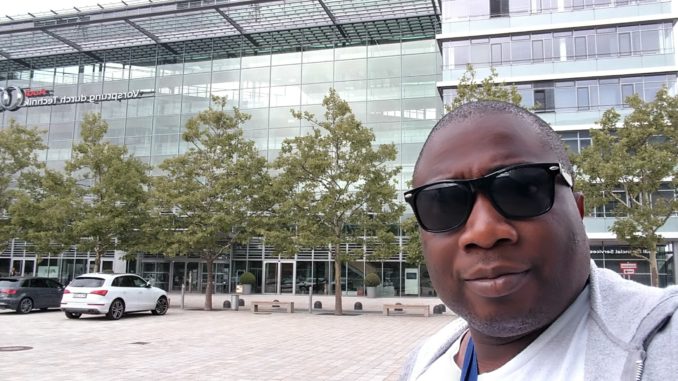




We are entering a new era in technology and industrialization. Human and computer interaction are advancing at a rapid rate, surpassing levels once imagined. Countless devices now have the ability to be connected, proliferating everything from kitchen appliances to stop lights to automobiles to virtually anything with an electric circuit. Robotics and artificial intelligence (AI) are becoming ubiquitous in everything we do and jobs of the not too distant future will rely on some sort of competence in these disciplines.
Over the past year I have traveled around the world, visiting factories and observing modern industrialization. I have been paying particular attention to how robotics and AI are playing a role in how automobiles are manufactured and contrasting that with my observations in how consumer electronics are being manufactured. My findings have been fascinating, but the factories are only a part of my experience. I have also been visiting the cities where these factories are located and taking note of the cultures and the surroundings to get a better idea of how modern industrialization can function as machines play a bigger role and as less humans are needed for the labor-intensive jobs that define the identity of many communities. Many politicians have successfully drummed up a utopia where human labor would be required in abundance into the perpetual future without regard for issues like health and efficiency.
Meanwhile, I have been interviewing engineers and executives in the automotive industry since 2004 and have also been reviewing automobiles since then. Getting a better understanding of how designers’ ideas are developed by engineers, provides additional insight into the finished product consumers get to see in show rooms and take on test drives. While on my journeys, I found out that consumers can also get a look at this part of the process. I think a view of this insight can be informative in building the workforces of the future, and as an organization we have already begun building STEM programs for students as young as age 4 through adulthood in areas related to my findings. Software engineering, 3D printing, graphical interfaces, voice command, autonomous driving, active safety features, and much of what are found in modern automobiles, utilize topics I have been discussing and in our development programs for students we keep this in mind. In this ongoing series I will write about my observations at automotive factories in Europe, Asia, and the Americas. First up is the story of my visit to Audi’s factory in Ingolstadt, Germany.

